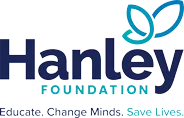By Elora Hilmas, PharmD, BCPS
Taking prescription drugs in a way that hasn’t been recommended by a doctor can be more dangerous than people think. In fact, it’s drug abuse. And it’s illegal, just like taking street drugs.
Why Do People Abuse Prescription Drugs?
Some people abuse prescription drugs because they think they will help them have more fun, lose weight, fit in, and even study more effectively. Prescription drugs can be easier to get than street drugs: Family members or friends may have them. But prescription drugs are also sometimes sold on the street like other illegal drugs. In 2017, 1 in 7 teens surveyed said they have taken a prescription drug without a doctor’s prescription.
But prescription drugs are only safe for the people who have prescriptions for them. That’s because a doctor has examined these people and prescribed the right dose of medicine for their medical condition. The doctor has also told them exactly how they should take the medicine, including things to avoid while taking the drug. They also are aware of side effects and can watch patients closely for these.
Which Drugs Are Abused?
The most commonly used prescription drugs fall into three classes:
1. Opioids
- Examples: oxycodone (OxyContin), hydrocodone (Vicodin), and meperidine (Demerol)
- Medical uses: Opioids are used to treat pain or relieve coughs or diarrhea.
- How they work: Opioids attach to opioid receptors in the central nervous system (the brain and the spinal cord), preventing the brain from receiving pain messages.
2. Central Nervous System (CNS) Depressants
- Examples: phenobarbital (Luminal), diazepam (Valium), and alprazolam (Xanax)
- Medical uses: CNS depressants are used to treat anxiety, tension, panic attacks, and sleep disorders.
- How they work: CNS depressants slow down brain activity by increasing the activity of a neurotransmitter called GABA. The result is a drowsy or calming effect.
3. Stimulants
- Examples: methylphenidate (Ritalin) and amphetamine/dextroamphetamine (Adderall)
- Medical uses: Stimulants can be used to treat narcolepsy and ADHD.
- How they work: Stimulants increase brain activity, resulting in greater alertness, attention, and energy.
What Are the Dangers of Abusing Medicines?
The likelihood that someone will commit a crime, be a victim of a crime, or have an accident is higher when that person is abusing drugs — no matter whether those drugs are medicines or street drugs.
Like all drug abuse, using prescription drugs for the wrong reasons has serious risks for a person’s health.
Opioid abuse can lead to vomiting, mood changes, decrease in ability to think (cognitive function), and even decreased respiratory function, coma, or death. This risk is higher when prescription drugs like opioids are taken with other substances like alcohol, antihistamines, and CNS depressants.
CNS depressant abuse is risky too. Abruptly stopping or reducing them too quickly can lead to seizures. Taking CNS depressants with other medicines, such as prescription painkillers, some over-the-counter cold and allergy medicines, or alcohol can slow a person’s heartbeat and breathing — and even kill.
Stimulant abuse (like with some ADHD drugs) may cause heart failure or seizures. These risks are increased when stimulants are mixed with other medicines — even OTC ones like cold medicines. Taking too much of a stimulant can lead to a dangerously high body temperature or an irregular heartbeat. High doses over a short period may make someone aggressive or paranoid. Stimulant abuse might not lead to physical dependence and withdrawal, but users might take the drugs so often that they become a hard habit to break.
The dangers of prescription drug abuse can be made even worse if people take drugs in a way they weren’t intended to be used. Ritalin may seem harmless because it’s prescribed even for little kids with ADHD. But when a person takes it either unnecessarily or in a way it wasn’t intended (such as snorting or injection), Ritalin toxicity can be serious.
Probably the most common risk of prescription drug abuse is addiction. People who abuse medicines can become addicted as easily as if they were taking street drugs. That’s one reason most doctors won’t renew a prescription unless they see the patient — they want to examine the patient to make sure he or she isn’t getting addicted.
Tips for Taking Prescription Medicine
If a doctor prescribes pain medicine, stimulant, or CNS depressant, follow the directions exactly. Also, be sure to:
- Keep all doctor’s appointments. Your doctor will want you to visit often so he or she can see how well the medicine is working for you and adjust the dose or change the medication as needed.
- Make a note of the effects the drug has on your body and emotions, especially in the first few days as your body gets used to it. Tell your doctor about these.
- Keep any information your pharmacist gives you about any drugs or activities you should steer clear of while taking your prescription.
- Never increase or decrease the dose of your medicine without checking with your doctor’s office first.
Finally, never use someone else’s prescription. And don’t allow anyone to use yours. Not only are you putting others at risk, but you could suffer too: Pharmacists may be stopped from refilling a prescription if a medicine has been used up before it should be. And if you’re found giving medicine to someone else, it’s considered a crime and you could find yourself in court.



